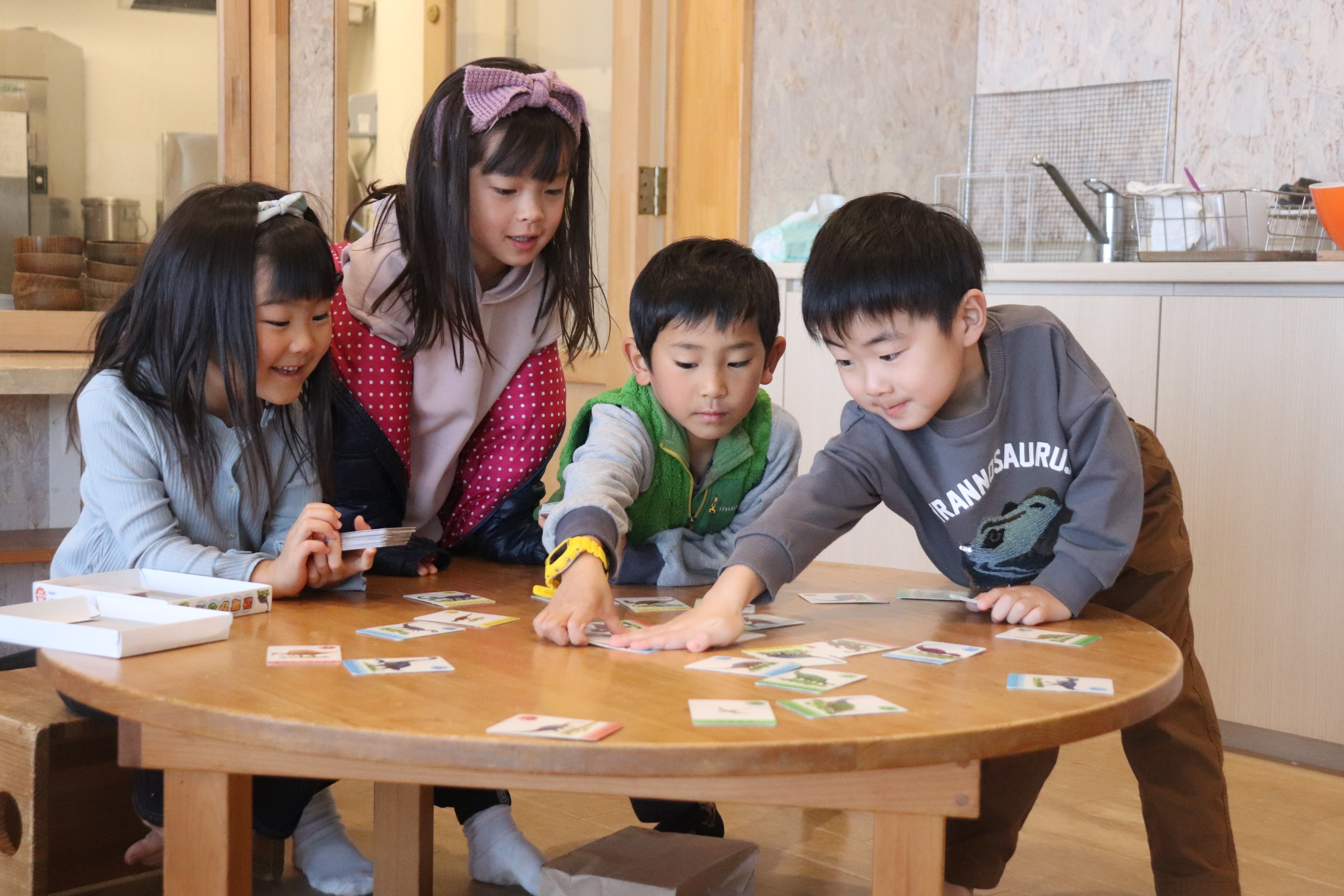
2023.03.30 Karuta and Matters surrounding it
Text : Chihiro Taniguchi
One of the items we introduced to the indoor environment as an introduction to New Year’s play starting in December 2022 was karuta.
Although not limited to karuta, I personally believe that the key to choosing materials in an environment with 2-6 year olds is that they should be safe / easy to understand / is something that everyone can enjoy.
Therefore, while taking the above points into consideration and anticipating how the children’s play would develop, I prepared five different types of karuta with different levels of difficulty and features of expression.
I would like to reflect on karuta that children continue to play as of the end of February, looking back on those days.
*Karuta is a competitive card game traditionally played on tatami mats. It involves memorization, coordination, and speed.
When I introduced it to the children in late December, it was the children around 5 to 6 years old (hereafter referred to as “the bigger children”) who immediately showed interest. Once I explained the rules, a few of them became the hub of the game, and it quickly became a daily routine for the bigger children. I also remember how excited I was to see the children around 2 to 4 years old (hereafter referred to as “the smaller children”) who were standing by and watching karuta time unfold day after day. It was because I had a kind of expectation in my mind for the future development of the project, even though I could not see a clear form of it from that scenery! Looking back on it now, I am convinced and rediscovering the reason for my excitement at that time.
When the game was first introduced, the bigger children were sometimes happy or sad depending on the number of cards they took, sometimes crying in frustration, and sometimes expressing their frustration. Some of them refused to play with people who were bigger than themselves to avoid losing, and some of them made a strategy not to include in the circle those who seemed to be able to get a larger number of cards.
In the midst of all this, the smaller children who were just standing by and watching began to make their move.
In mid-January, in the evening, when the bigger children had thinned out, four of the smaller children spread out a karuta card and began to “play” karuta in their own way. Someone would casually read the cards and the others would take them, taking them as they went. The cards they seemed to be reading were the same two cards repeated endlessly, but the four of them seemed to be enjoying the world of karuta.
After that, playing karuta became a fun activity in their evening time.
There is a theory that the word “manabi”(learning) comes from the word “manebi”(imitating). It was a scene that was aptly described by someone who said that learning begins when we imitate what we see and acquire it by ourselves.
Around February, the smaller children started to join the circle of the bigger children. They were not on an equal footing with the bigger children as they were glued to adults reading the cards, but they were no longer just watching.
When I observed them carefully, I realized that the little ones might be taking the cards by linking the sound of the cards they had heard many times before and the pictures on the cards, rather than the letters on the cards. And I feel that this tendency is especially strong in the smaller children. I had thought that letters might be more compact and easier to input than pictures, but the people in front of me confirmed that this was not the case.
When we look at how letters are acquired by children and how they become understood, it seems that most children first input letters as pictures or symbols. Then, they repeatedly understand the characteristics of letters and their usefulness by connecting the letters they have learned with the names of familiar objects and combining them like a puzzle, and gradually they become useful information tools.
Personally, I hope that people will encounter letters as naturally as possible during this period of ambiguity, when letters have not yet become a tool for information. I would like to see the letters as a natural part of daily life, not as something to be taught by adults, but as a material that exists as a matter of course in the lives of children, something that will be easily introduced to them through play at the timing of their arrival, and as a tool to encourage them to read and write. I would like the materials to be connected to the needs that overflow from within, such as “I want to read and write!”
In fact, we have seen some 6-year-old children who had been avoiding reading and writing because of their dislike of them, gradually encountering and challenging themselves to read and write through playing karuta.
To be able to read means that the world around us expands and the amount of information increases all at once, and the way we see the world changes dramatically from what it used to be. In addition, for both children and us adults, letters are a tool to embody what is brewing in our minds, allowing us to express what we are thinking and to communicate and share these thoughts with others. Especially for children who have just acquired letters, it can be seen as a tool that can quickly expand and enrich their social connections.
Now, back to the talk of karuta…
At Yamanoko today, we see many occasions where both small and large children naturally face each other in the same group, with the karuta in the middle. In addition, adults used to read the cards, but the children are now completing the game in groups of children only, and the game is changing into an independent play. There is also a trend toward setting their own rules and devising ways for the children to interact with each other. If there is a small person in the group, they go a little easy on him or her, or if they touch the cards at the same time, they talk to each other and sometimes give in….
The children who used to cry in frustration when they could not get the cards now play with a playful atmosphere and release their energy in different ways, and I feel that they are changing from competing to enjoying the moment.
I feel that one item, karuta, has accelerated the relationship between children of different ages, and has created many opportunities for rich mutual learning. However, I also believe that the various scenes of interaction and learning that I have described do not occur overnight. I feel that one of the things that has created the groundwork of interaction among childrenis the change in the form of the tsudoi(morning gathering.) The question of how tsudoi should take place has been the topic of many discussions among childcare providers, and it is a universal question.
How can we reconcile children’s free choice with our identity as a community? Should childcare providers actively invite children to tsudoi? Is it worth interrupting children’s play to have them participate in a gathering? However, from around November, the children began to gather naturally.
I can imagine that there are many different backgrounds and factors involved in this. Although it is impossible to single out one factor, I feel that at least an atmosphere of “why not (participate)” was fostered among the children. In addition, the saying at the end of each gathering “let’s clap hands, tsudoi-oshimai! (gathering dismissed!)” has also contributed to the bonding of the members of the community and the recognition that this place is theirs.
Tsudoi may be a challenging time for both children and staff, as it brings together people of various ages and characteristics. Through trial and error, though there were no significant triggers or any major changes, the adults have not triggered any major changes, but I feel that the way the children receive and act has gradually changed.
I can’t help but think that the accumulation of such gradual changes has led to meeting each other once a day, listening to each other’s stories, supporting each other’s comments, and so on, and has nurtured a sense of belonging and security in this place.
It has been a year since we stopped having classes and I feel that the outline of this cross-age community has now started to shape.
There are only a few dozen days left until the older students graduate from Yamanoko, but I feel that this community is still full of potential for new dramas to emerge.
From Ichiro…
I feel that the children’s change, growth, and communication with each other are naturally generated through the continuous enjoyment of a single game, karuta.
I hope that feelings, such as “It’s fun to be involved with others,” “I didn’t know she/he was thinking like this,” and “I didn’t know there was such an interesting place” will slowly spread with Yamanoko and to the rest of the world.














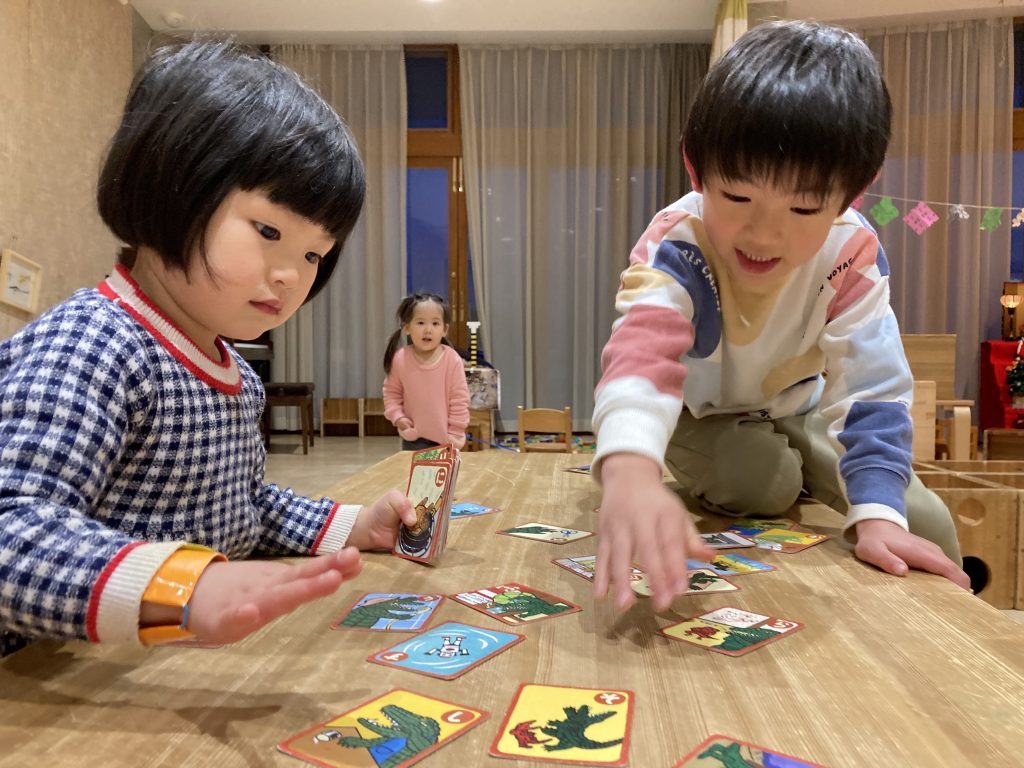
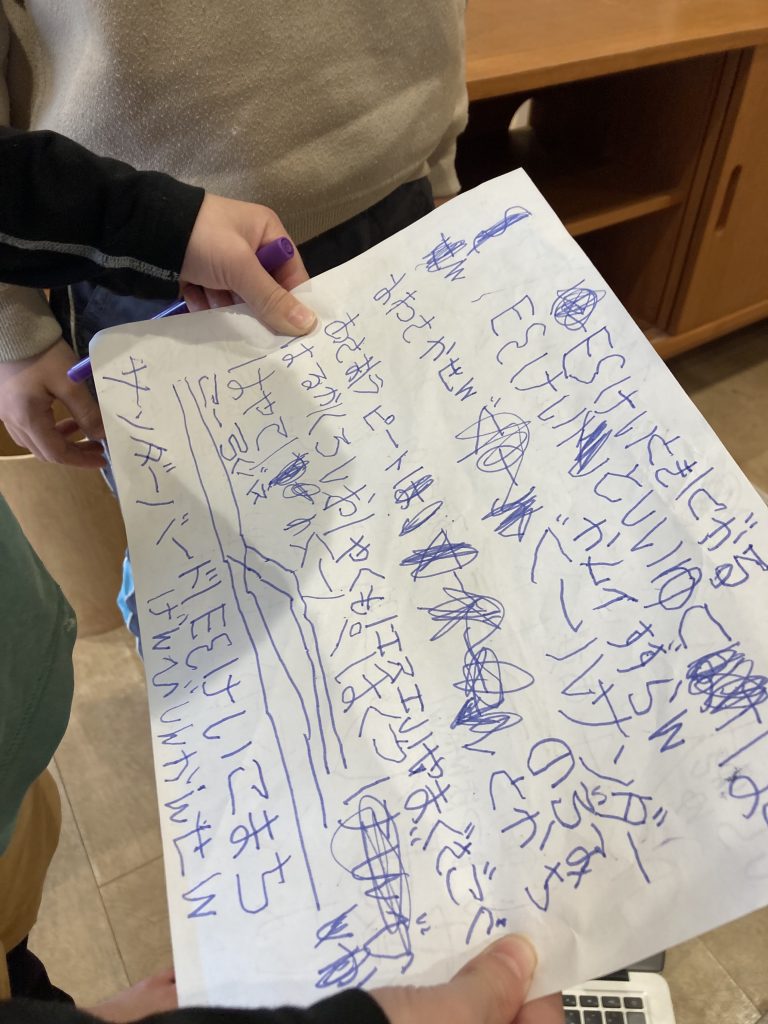
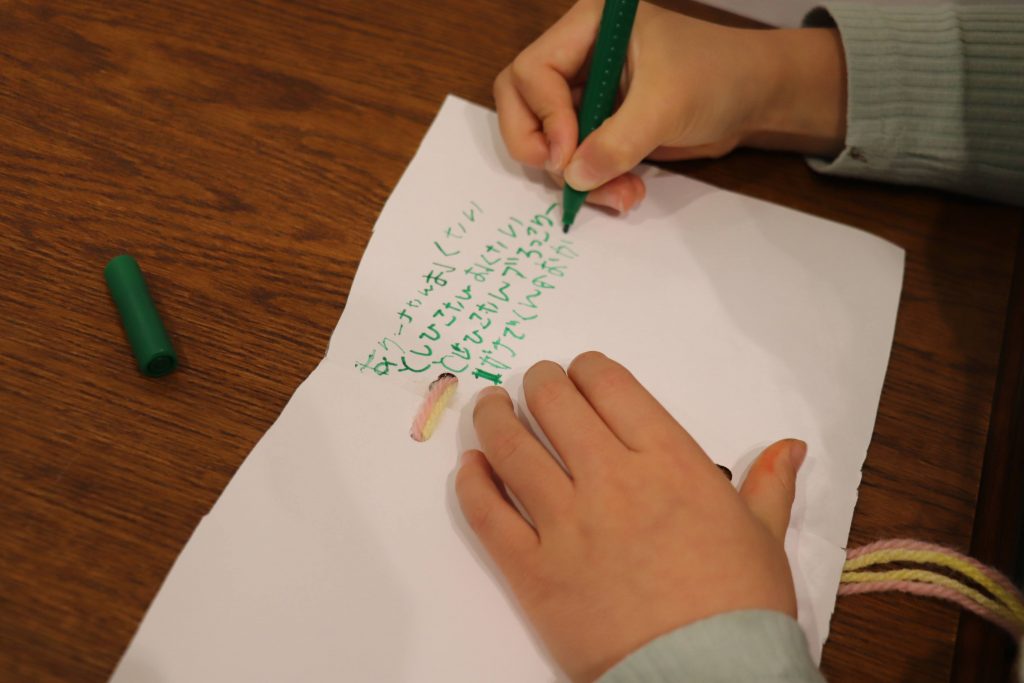
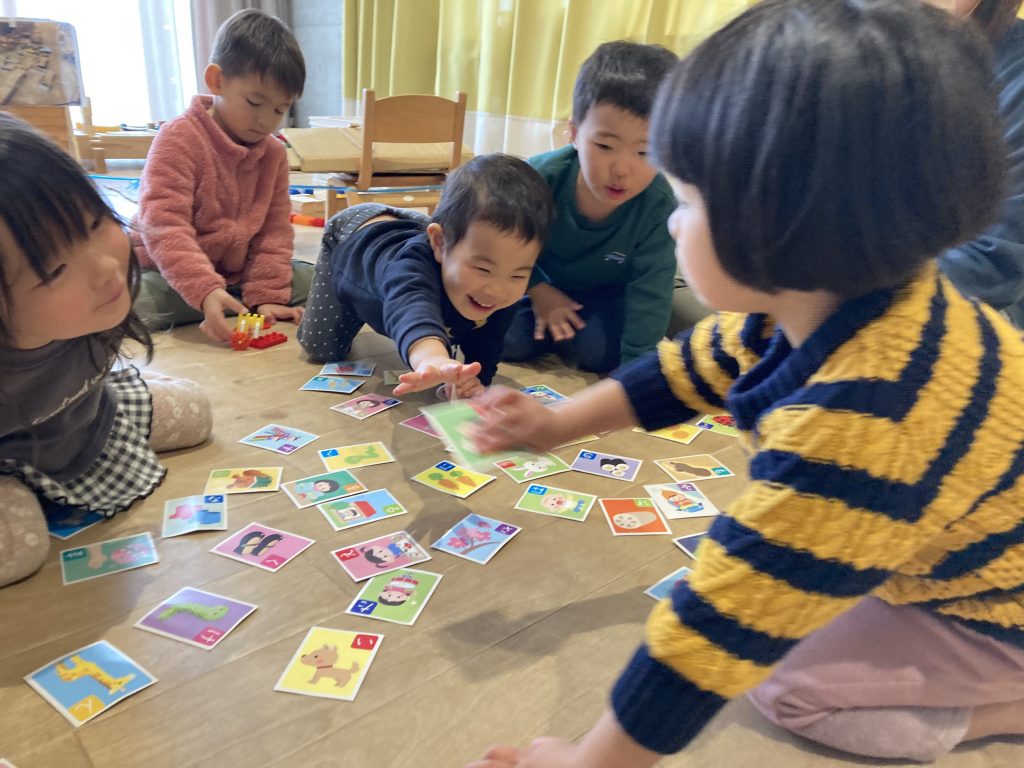
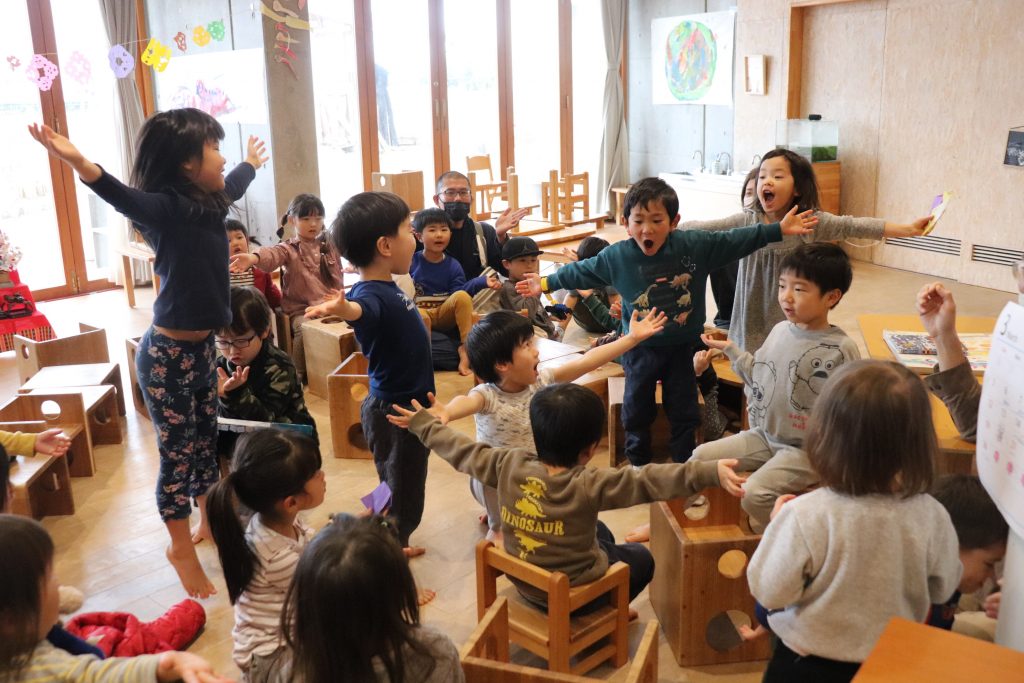
 PREV
PREV